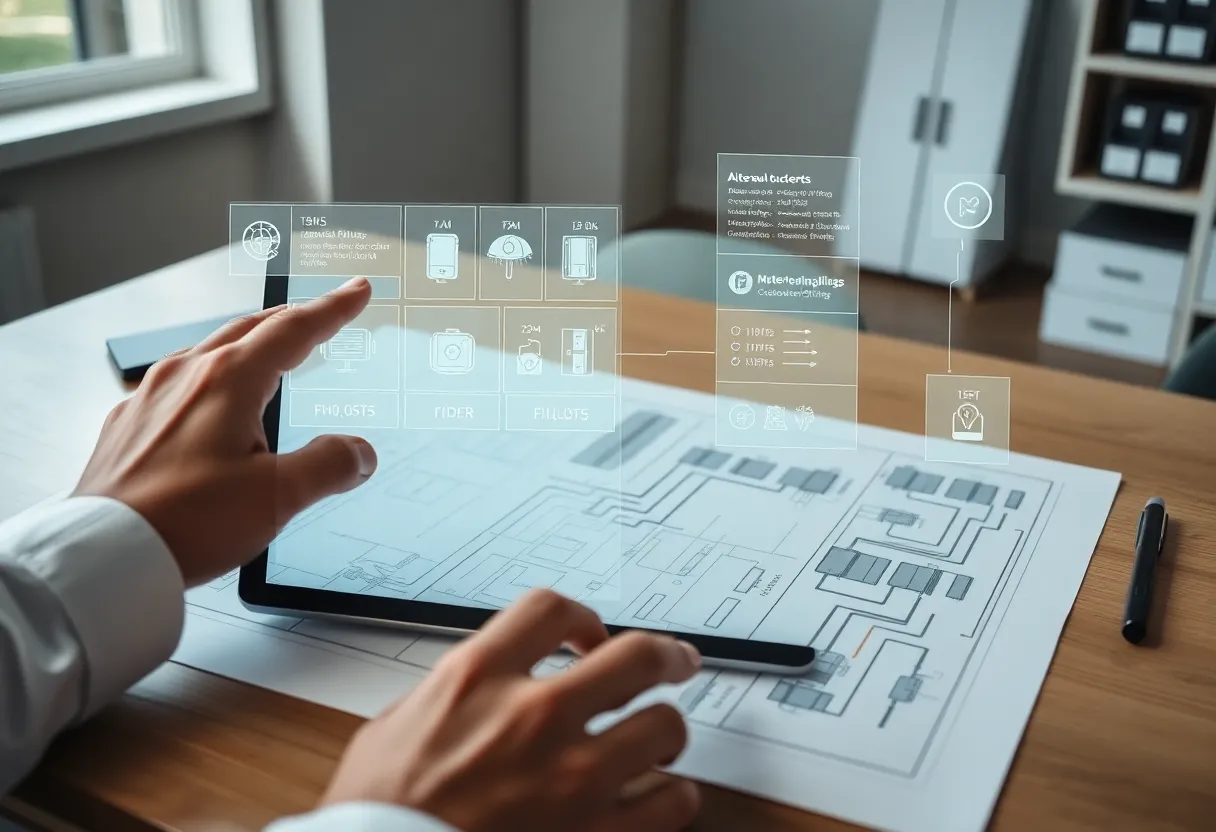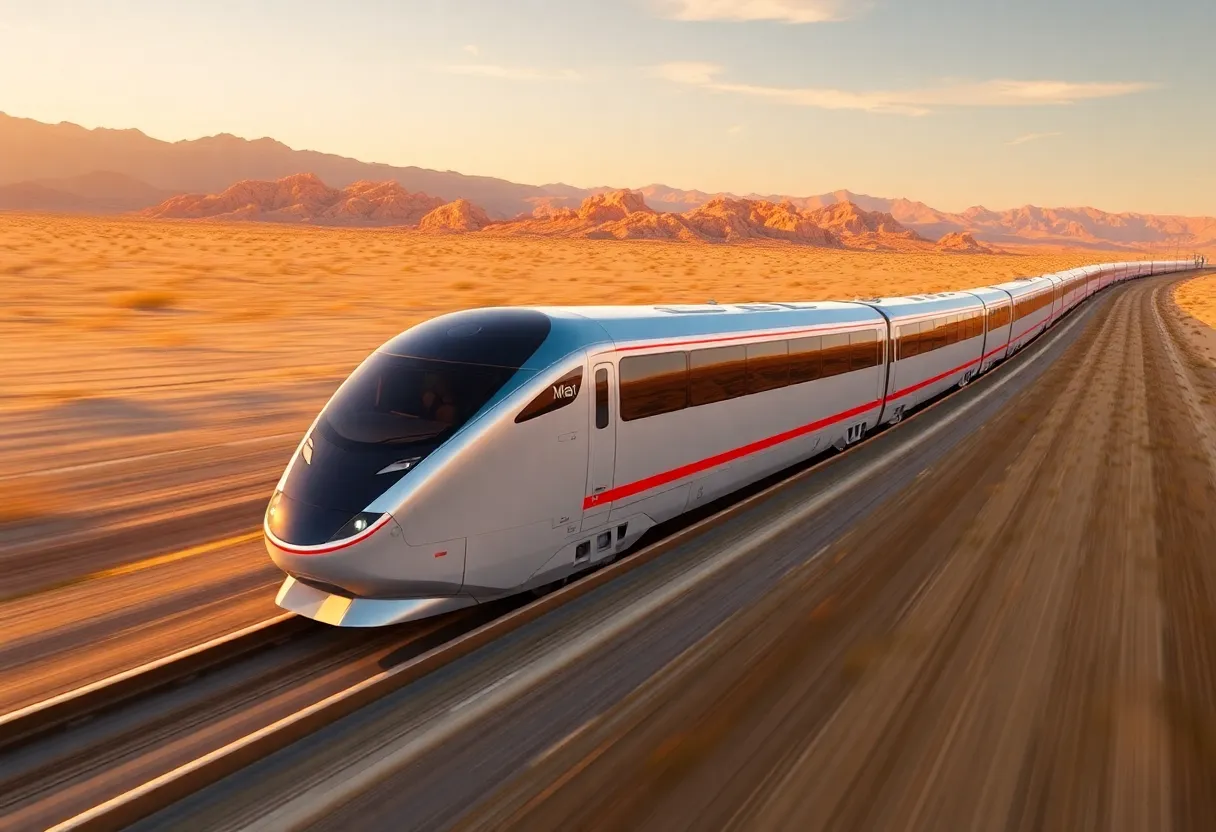United States, August 26, 2025
News Summary
The electrical contracting industry is rapidly adopting AI-powered estimating systems that scan plans, detect symbols, and auto-generate takeoffs in hours instead of days. These platforms improve precision, reduce omissions, and sync estimates with procurement, accounting and project management tools to eliminate duplicate data entry. Vendors ease adoption with intuitive interfaces, onboarding, training and support so experienced estimators retain oversight while gaining speed. Next-generation tools will add predictive value engineering, cost-saving assembly suggestions and risk forecasting, enabling teams to bid faster and more consistently while prioritizing accuracy and collaboration across projects.
AI Reshapes Electrical Estimating and Urban Farming — What Builders and City Planners Need to Know
AI electrical estimating tools are changing how electrical contractors prepare bids and manage job risk. As project timelines tighten and profit margins shrink, many firms are moving away from pencil-and-paper methods and simple spreadsheets toward automated platforms that scan plans, count devices, and generate takeoffs in a fraction of the time. The shift is already cutting errors and speeding up bid cycles for contractors who adopt the new tools.
Why this matters now
Estimating has always been central to electrical contracting. Traditional methods — annotating blueprints, scribbling quantities, and juggling spreadsheets — still exist on many teams, but they are becoming outdated. New AI platforms can read plan files, spot symbols even on low-resolution images, and produce reliable estimates faster. Tasks that once took days can now take hours, which helps contractors bid more jobs and reduce the chance of costly omissions.
How the technology works
Modern estimating platforms use image analysis and pattern-recognition models to detect fixtures, devices, circuits, and annotations on drawings. These systems then pull data into shared libraries and synchronized databases so teams can reuse templates, standardize pricing, and integrate results with project management, procurement, and accounting systems. That integration removes repeated data entry and cuts administrative mistakes.
Benefits and use in construction
- Faster bids: Automated takeoffs shorten estimate timelines, letting firms respond to more opportunities.
- Fewer errors: AI reduces missed items and flags unclear symbols, lowering the risk of underbidding.
- Team consistency: Shared templates and libraries keep large or multi-site teams aligned on pricing and scope.
- Smooth handoffs: Integration with back-office software speeds procurement and helps move projects from bid to build.
Barriers to adoption
Many experienced estimators fear losing control or doubt that new software can match their judgement. Common pain points are resistance to change and the learning curve for new workflows. However, intuitive interfaces, tailored onboarding, training modules, and active support networks have helped traditional teams adapt more quickly in many shops.
What comes next
Future tools will add deeper predictive features. Expect real-time value engineering that suggests alternative assemblies and lower-cost options that still meet specs before finalizing a bid. The mental shift for teams is to trust data-driven outputs while keeping seasoned judgement in the loop. Investing in these systems typically yields faster, more accurate estimates and more winning bids over time.
Industry context: corporate AI budgets and the wider tech push
Across industries, firms are increasing AI budgets. Recent market-tracking shows AI is taking up about 12% of many IT budgets for the year, rising from earlier months when it was closer to 10%. In some cases, AI now consumes up to 15% of IT spend. A large share of companies working on AI have accelerated spending recently, moving from planning into active application. The broader push is aiding adoption of AI tools in construction, manufacturing, and supply chains.
Chicago agriculture: a parallel AI success story
Chicago Agriculture in 2025: Embracing AI for a Sustainable Farming Future.
Urban and regional farming in Chicago is adopting AI tools to boost yields, save resources, and make local food systems more resilient. By 2025, AI systems are projected to raise urban farm yields by up to 30% through precision monitoring of soil, moisture, nutrient levels, and pest threats. Tools tie together satellite imagery, drones, IoT sensors, and on-farm automation to guide watering, fertilization, and harvest timing.
Adoption is strongest among projects focused on quick-turn crops and high-value vegetables, though larger peri-urban operations are also using AI to optimize corn, soybeans, and specialty vegetables. Some platforms offer subscription tiers and APIs so growers and developers can build custom tools that fit different scales, from single urban plots to regional field managers. Cost is a hurdle for some growers, but modular pricing models and lower-cost satellite services have helped expand access.
Medical and research developments tied to AI
AI is also changing how research and diagnostics are done. A recent study applied deep learning models to digitized melanoma tissue slides to spot structures linked to better patient outcomes. Automated detection of these structures was tied to more accurate survival predictions in a trial cohort, showing how image-driven AI can extract clinically useful information from archived samples. These advances illustrate how the same kinds of image-analysis tools used in estimating and farm monitoring can have life-and-death uses in medicine.
People and leadership moves to watch
Executives and financial leaders continue to move across major organizations, a trend that affects strategy and investment in technology. Such moves often reshape budgeting and governance for AI projects inside companies that work with construction and infrastructure firms.
Bottom line for contractors and planners
Automation in estimating has moved from a helpful option to a practical necessity for contractors who need speed and precision. Teams that combine AI tools with experienced judgment gain a real edge in bidding and project delivery. The same AI building blocks — image analysis, shared data, and predictive models — are also helping cities improve urban farming and medical research. The common theme is clearer data, faster decisions, and better risk control.
FAQ
Q: What does AI electrical estimating do?
A: AI estimating reads plans, recognizes symbols, counts devices and circuits, and creates digital takeoffs that feed into pricing and project systems.
Q: How fast can AI cut estimate time?
A: Jobs that once took days can often be completed in hours, depending on plan quality and integration setup.
Q: Will AI replace estimators?
A: AI augments estimators. It speeds routine work and reduces errors, while experienced estimators still guide judgment, value engineering, and final pricing decisions.
Q: What are the upfront costs?
A: Costs vary by vendor and scale. Many platforms offer subscription tiers and integration options that can be matched to a firm’s size and needs.
Q: How does AI help urban farming in Chicago?
A: AI uses satellite, drone, and sensor data to optimize watering, fertilization and pest control, which can raise yields and lower inputs.
Key features at a glance
| Topic | Key features | Impact for construction and cities |
|---|---|---|
| AI electrical estimating | Automated takeoffs, symbol detection, template libraries, software integrations | Faster bids, fewer omissions, better cross-team consistency |
| Integration and workflows | Project, procurement, accounting sync; shared databases | Reduced admin work, smoother project handoffs |
| Chicago urban farming | Satellite monitoring, IoT sensors, drone imagery, subscription services | Higher yields, lower inputs, improved local food security |
| Enterprise AI budgets | Rising IT share for AI, focus on governance and ROI | More resources for real-world AI tools across sectors |
Deeper Dive: News & Info About This Topic
Additional Resources
- MMS Online: Estimating and Quoting with AI — What’s Helpful and What’s Hype
- Wikipedia: Estimating and Quoting with AI
- AutoBody News: More providers of AI-based assessments, pre-estimates want to expand in collision repair
- Google Search: AI collision repair estimating
- Farmonaut: Chicago Agriculture — AI Revolutionizes Urban Farming
- Google Scholar: Chicago agriculture AI 2025
- Fortune: Fortune 500 companies beef up AI budgets — Wedbush analysis
- Encyclopedia Britannica: Artificial intelligence business spending
- Medical Xpress: Complex immune-cell AI tools (melanoma prognosis)
- Google News: melanoma tertiary lymphoid structures AI
Author: Construction CA News
The CALIFORNIA STAFF WRITER represents the experienced team at constructioncanews.com, your go-to source for actionable local news and information in California and beyond. Specializing in "news you can use," we cover essential topics like product reviews for personal and business needs, local business directories, politics, real estate trends, neighborhood insights, and state news affecting the area—with deep expertise drawn from years of dedicated reporting and strong community input, including local press releases and business updates. We deliver top reporting on high-value events such as the Rose Parade, Coachella, Comic-Con, and the California State Fair. Our coverage extends to key organizations like the California Building Industry Association and Associated General Contractors of California, plus leading businesses in technology and entertainment that power the local economy such as Apple and Alphabet. As part of the broader network, including constructionnynews.com, constructiontxnews.com, and constructionflnews.com, we provide comprehensive, credible insights into the dynamic landscape across multiple states.




